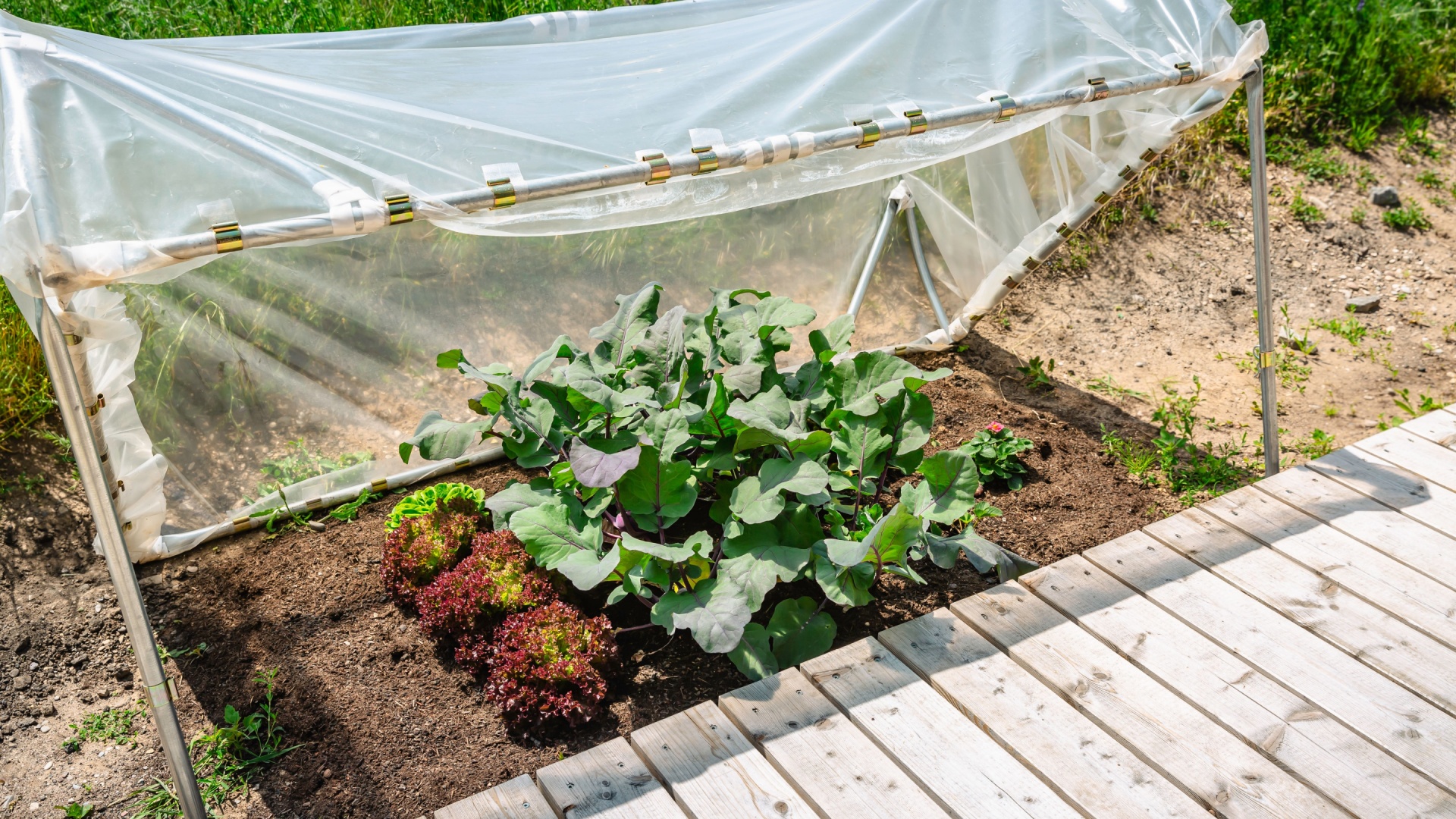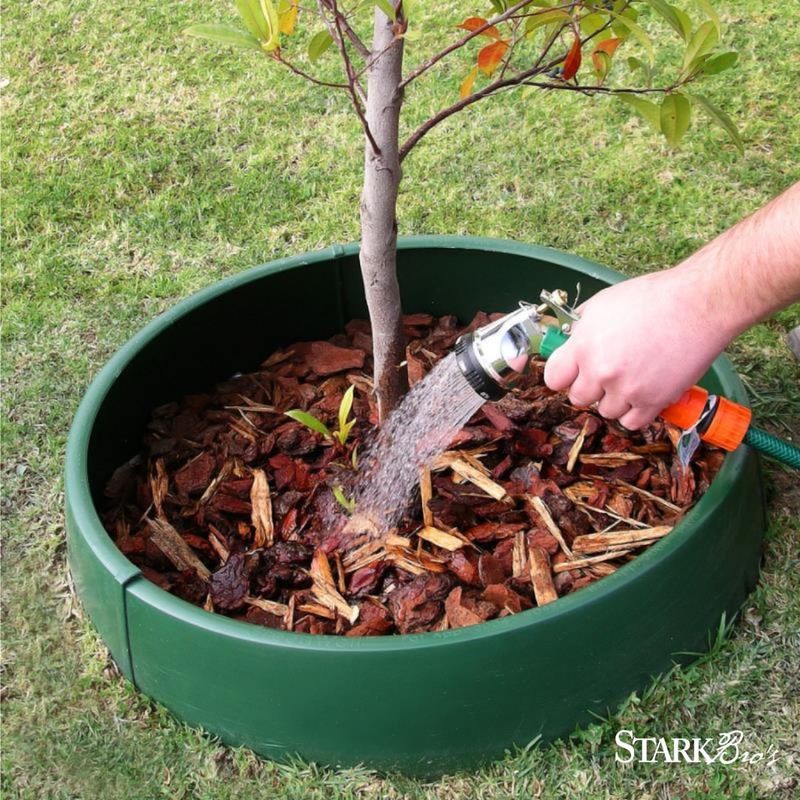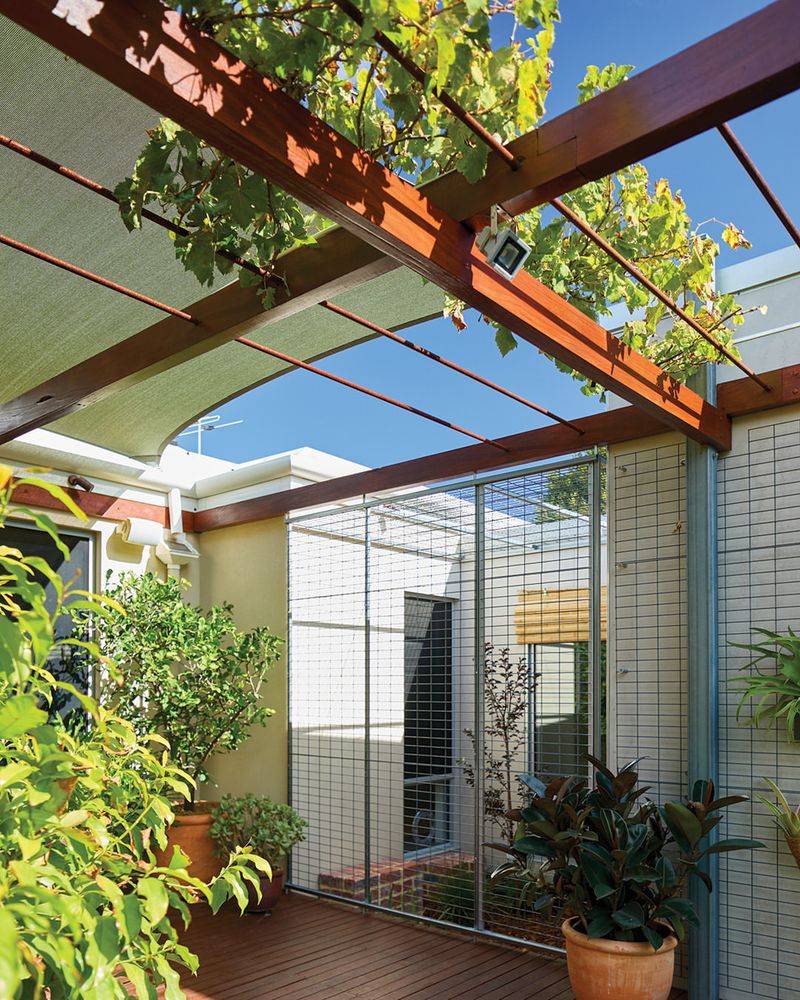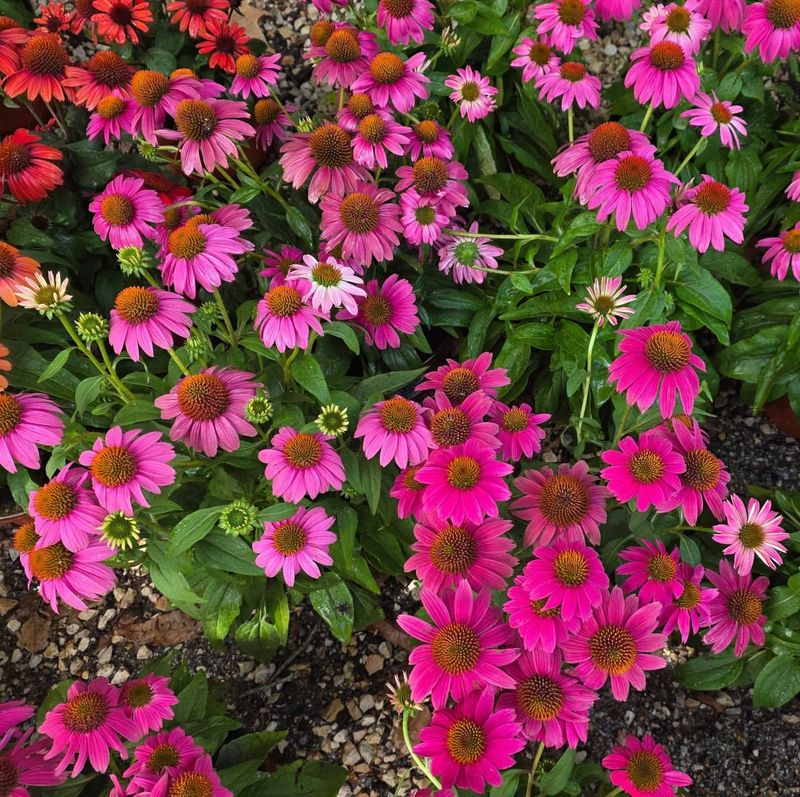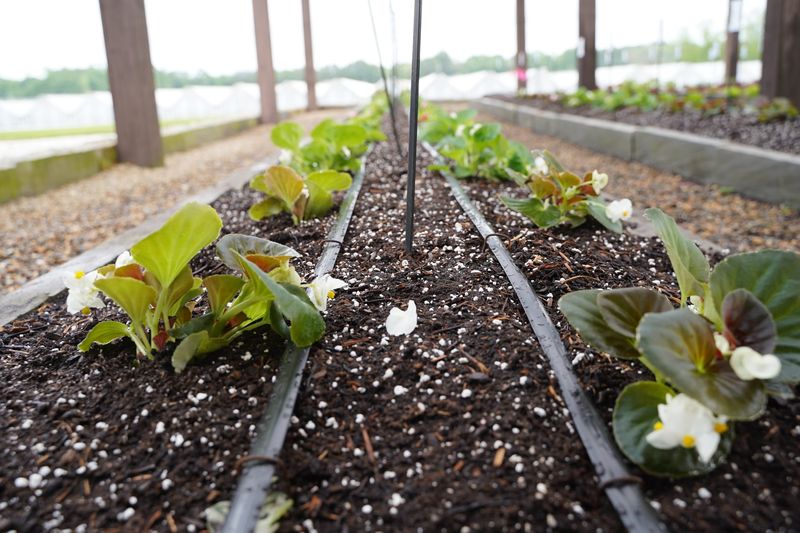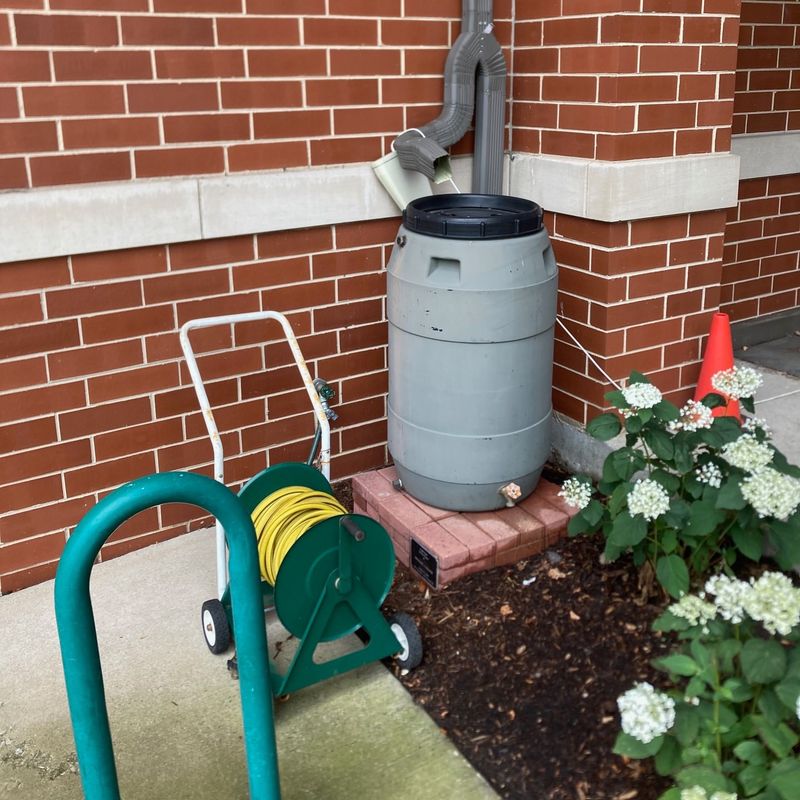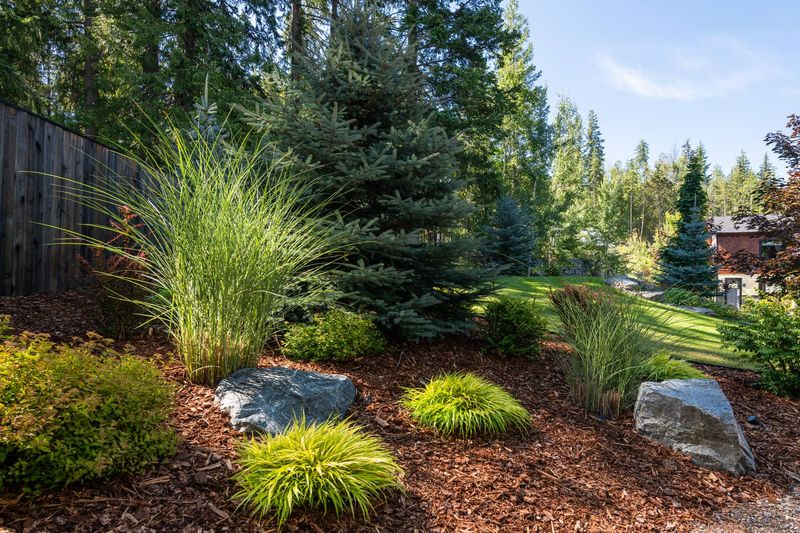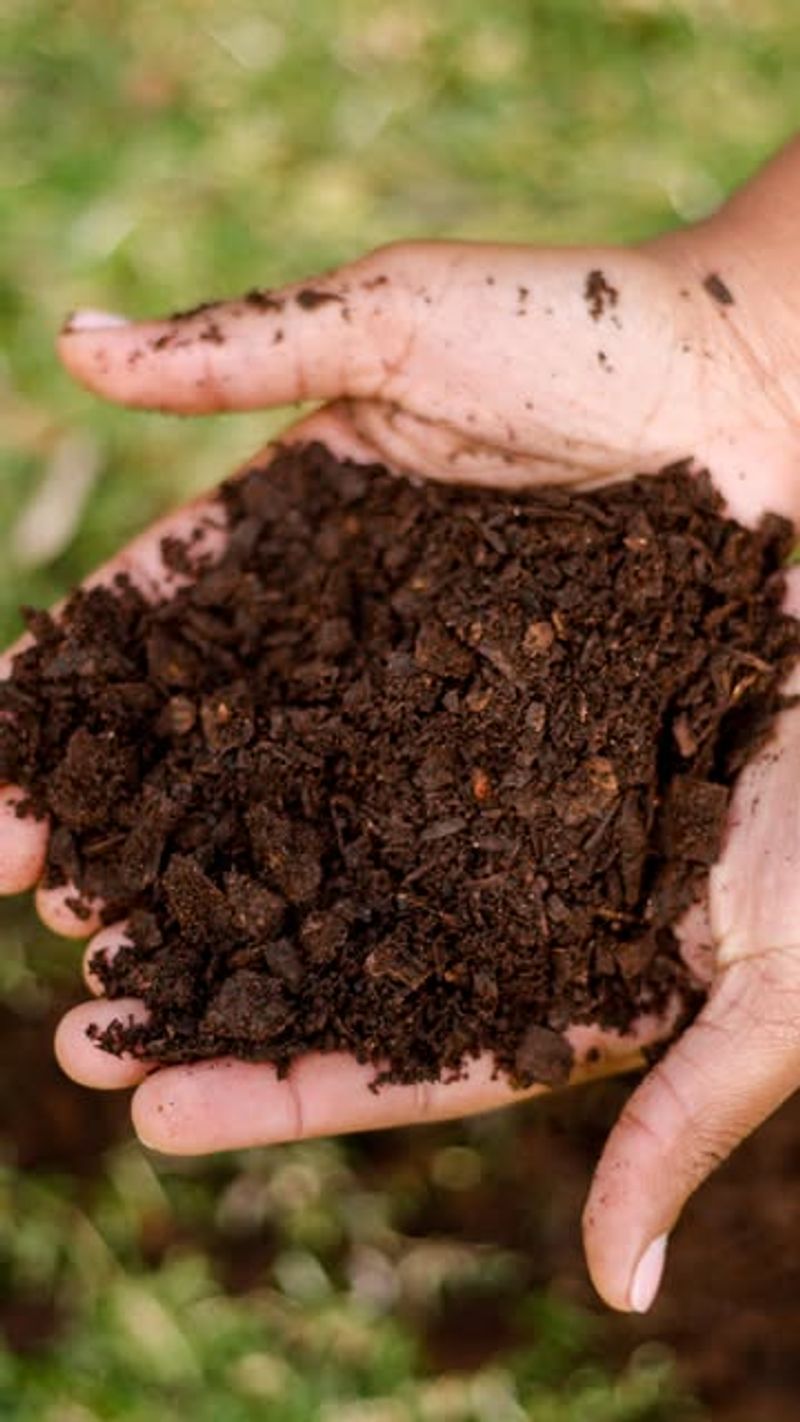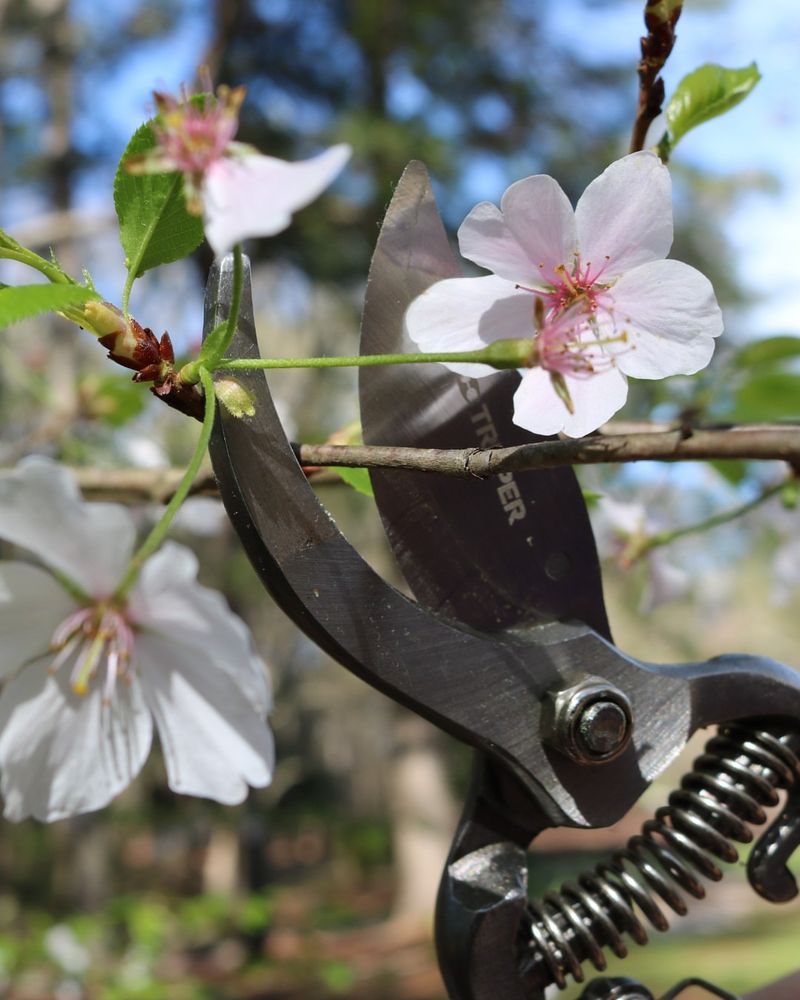Summer heat can turn your garden from a lush paradise into a wilted wasteland in just a few days. When temperatures soar, plants struggle to stay hydrated and healthy, putting your hard work at risk.
Luckily, there are simple strategies to protect your garden during those scorching days that don’t require fancy equipment or expert knowledge.
1. Water Deeply, Not Daily
Frequent shallow watering actually weakens plants by encouraging roots to stay near the surface where soil dries quickly. Instead, give your garden a thorough soaking once or twice a week.
This trains roots to grow deeper into cooler soil layers where moisture lasts longer. Early morning is ideal – plants have time to absorb water before the day heats up, and less water evaporates than during midday watering.
2. Apply Mulch Generously
Think of mulch as your garden’s sunscreen and water-saving blanket. A 2-3 inch layer of organic material like straw, wood chips, or shredded leaves works wonders during heat waves.
Mulch keeps soil temperatures lower by blocking direct sunlight, reduces evaporation by up to 70%, and prevents weeds that compete for precious moisture. As a bonus, organic mulches break down over time, enriching your soil with nutrients.
3. Create Shade Structures
Even sun-loving plants appreciate afternoon shade during extreme heat. Temporary shade cloth suspended over vulnerable plants can reduce temperatures by 10-15 degrees!
Old bed sheets, umbrellas, or specially designed garden shade cloth work well. Focus on protecting seedlings and heat-sensitive crops like lettuce and spinach. For container gardens, simply move pots to naturally shaded areas during the hottest part of the day.
4. Choose Heat-Tolerant Varieties
Working with nature beats fighting against it. Native plants have adapted to your local climate over thousands of years and typically handle heat stress better than exotic varieties.
Look for drought-resistant options like lavender, black-eyed Susans, and yarrow. Vegetables like okra, sweet potatoes, and peppers actually thrive in hot conditions. Garden centers often highlight heat-tolerant selections, making smart choices easier during your next plant shopping trip.
5. Water At Root Level
Sprinklers might seem convenient, but they’re actually water-wasting machines during hot weather. Up to 50% of sprinkler water evaporates before reaching plant roots!
Soaker hoses or drip irrigation systems deliver water directly to the root zone with minimal waste. For a budget option, recycle plastic bottles by poking tiny holes near the bottom, burying them next to plants, and filling them with water for slow-release hydration that reaches deep roots.
6. Collect And Use Rainwater
Free water falls from the sky – why not capture it? Rain barrels connected to downspouts can collect hundreds of gallons during a single downpour, providing chemical-free water for dry spells.
Plants actually prefer rainwater to tap water because it lacks chlorine and other treatments. As a clever bonus, rainwater harvesting reduces stormwater runoff that can flood gardens and wash away nutrients. Even a simple collection system can make a noticeable difference in your garden’s resilience.
7. Group Plants By Water Needs
Smart plant arrangement saves water and prevents both under and overwatering. This technique, called hydrozoning, groups thirsty plants together separate from drought-tolerant ones.
For example, place moisture-loving impatiens and hostas in one area, while keeping succulents and lavender in another drier zone. This targeted approach lets you water efficiently without wasting precious resources on plants that don’t need extra moisture during hot spells.
8. Improve Your Soil Structure
Sandy soil drains too quickly while clay holds water but becomes brick-hard in heat. The solution? Organic matter – nature’s miracle soil amendment.
Adding compost increases your soil’s water-holding capacity while maintaining good drainage. Just one inch of compost worked into garden beds can help soil retain up to 20% more moisture. Fall and spring are ideal times for major soil improvements, but even summer topdressing helps stressed plants.
9. Prune Strategically
Less foliage means less water loss through transpiration. During extreme heat, removing some leaves and flowers helps plants direct energy toward survival rather than growth or blooming.
Focus on removing damaged or diseased growth first. For vegetables like tomatoes, moderate pruning of excess foliage improves airflow and reduces moisture stress. Avoid heavy pruning during the hottest days, as fresh cuts make plants temporarily more vulnerable to heat damage.
10. Avoid Midday Garden Work
Disturbing soil during intense heat disrupts delicate root systems and accelerates moisture loss. Save your garden chores for early morning or evening when temperatures are cooler.
Morning gardening gives plants time to recover before heat stress begins. Evening work allows plants a full night to bounce back. This timing strategy protects both your plants and yourself from heat exhaustion. As a rule, if you’re uncomfortable working in the heat, your plants are probably struggling too.

